Home>Home Appliances>Home Automation Appliances>Who Is The Real Voice Of Alexa
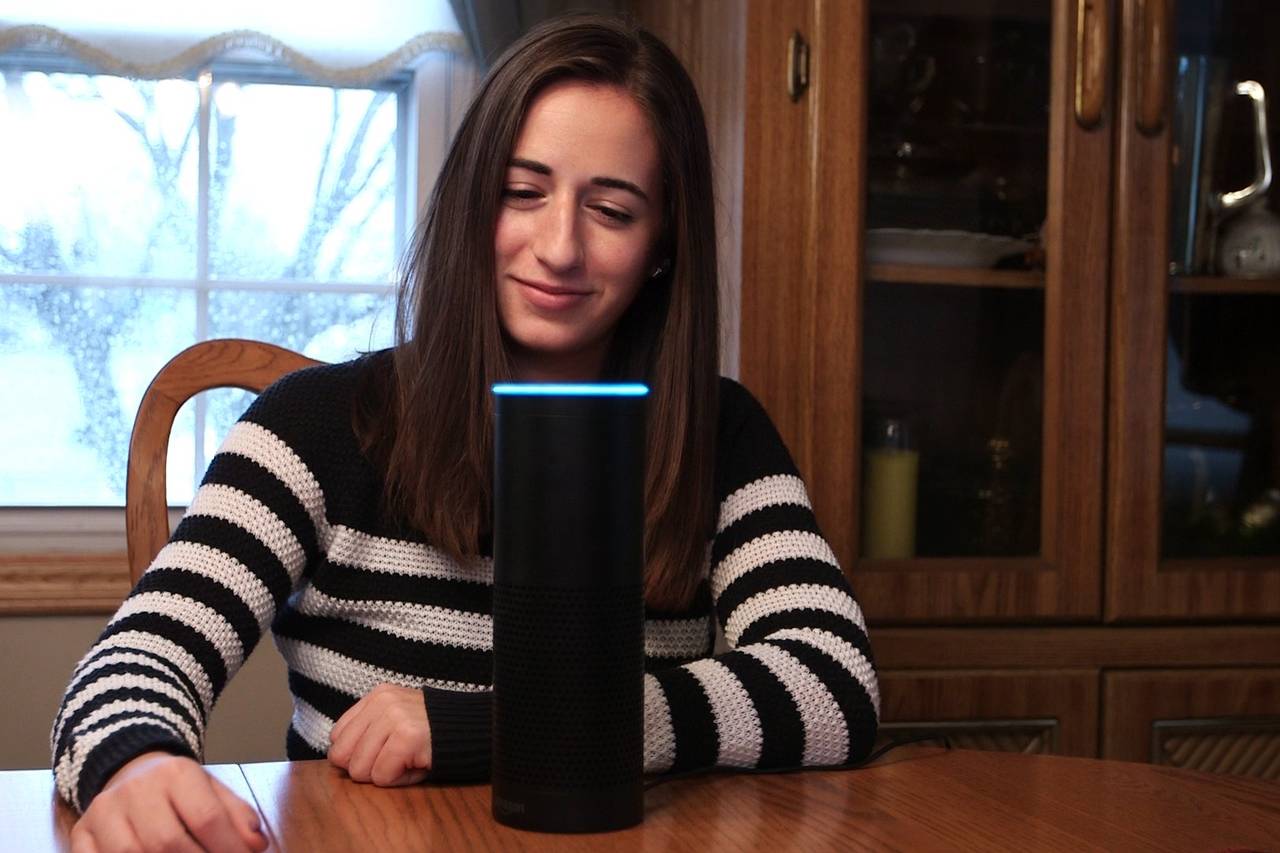

Home Automation Appliances
Who Is The Real Voice Of Alexa
Modified: October 18, 2024
Discover who the real voice of Alexa is and how it impacts home automation appliances. Uncover the secrets behind the voice of your virtual assistant.
(Many of the links in this article redirect to a specific reviewed product. Your purchase of these products through affiliate links helps to generate commission for Storables.com, at no extra cost. Learn more)
Introduction
The advent of smart home technology has revolutionized the way we interact with our living spaces. At the forefront of this digital transformation is Amazon's Alexa, a virtual assistant that has seamlessly integrated into millions of homes worldwide. One of the most intriguing aspects of Alexa is her voice, which has become an integral part of daily life for many users. This article delves into the captivating story of the real voice behind Alexa, the technology that brings her to life, and the future of her evolving presence in our homes. Let's embark on a journey to uncover the fascinating world of Alexa's voice and the human connection that lies at its core.
Key Takeaways:
- The real voice of Alexa belongs to Susan Bennett, a talented voice actress whose recordings in 2005 shaped the captivating and personable vocal delivery that has become synonymous with Amazon’s virtual assistant.
- Alexa’s voice is a seamless fusion of advanced technology and human-like interactions, reflecting the harmonious convergence of speech synthesis, natural language understanding, and machine learning algorithms.
Read more: How To Change Voice On Alexa
The History of Alexa
Alexa made her debut in November 2014 as part of Amazon’s Echo smart speaker. The development of this innovative technology stemmed from Amazon’s vision to create a more intuitive and interconnected home environment. Originally, Alexa’s capabilities were centered around voice commands for tasks such as playing music, setting alarms, and providing weather updates. Over time, Amazon expanded Alexa’s skills, enabling her to control smart home devices, answer questions, and even engage in casual conversations with users.
As Alexa’s functionality evolved, so did her voice. Amazon recognized the importance of crafting a voice that resonated with users, leading to meticulous efforts to refine and enhance Alexa’s vocal delivery. The success of the Echo and Alexa paved the way for the integration of this voice technology into various Amazon devices, as well as third-party products, further solidifying Alexa’s presence in the realm of smart home technology.
With each new iteration, Alexa’s voice continued to captivate users, becoming synonymous with the seamless integration of artificial intelligence into daily life. The evolution of Alexa’s voice not only reflects advancements in technology but also underscores the significance of human-like interactions in the digital landscape.
The Human Behind the Voice
While Alexa’s voice is undoubtedly a defining feature of the virtual assistant, many users may wonder about the individual responsible for bringing this voice to life. The real voice of Alexa belongs to Susan Bennett, a talented voice actress whose journey into the realm of virtual assistants began with a series of recordings in 2005. Little did she know that her vocal contributions would ultimately shape the auditory landscape of modern technology.
Susan Bennett’s involvement in the creation of Alexa’s voice traces back to her work on a project that involved recording an extensive list of phrases and sentences. These recordings served as the foundation for the development of the voice technology that would later become synonymous with Amazon’s virtual assistant. Bennett’s versatile vocal range and distinctive delivery provided the building blocks for crafting an engaging and personable voice for Alexa.
Despite initially recording the phrases without knowledge of the specific application, Bennett’s voice ultimately became the embodiment of Alexa, captivating users with its warmth, clarity, and conversational tone. Her contributions to the world of voice technology have left an indelible mark, shaping the way people interact with smart devices and redefining the concept of virtual assistants.
Through Susan Bennett’s talent and dedication, Alexa’s voice transcends the realm of artificial intelligence, resonating with users on a deeply human level. Her portrayal of Alexa embodies the seamless fusion of technology and humanity, creating an experience that feels both futuristic and intimately familiar.
The real voice of Alexa is provided by a professional voice actor and is not a real person. The voice is created using advanced technology to sound natural and human-like.
The Technology Behind Alexa’s Voice
The captivating voice of Alexa is the result of cutting-edge technology that merges advanced programming with the nuances of human speech. Amazon’s development of Alexa’s voice involved a sophisticated process that encompassed speech synthesis, natural language processing, and machine learning algorithms.
At the core of Alexa’s vocal delivery is text-to-speech (TTS) technology, which converts written text into natural-sounding speech. This process involves linguistic analysis to ensure proper pronunciation, intonation, and cadence, culminating in a voice that mirrors human speech patterns. Amazon’s TTS technology enables Alexa to articulate responses with remarkable clarity and expressiveness, enhancing the overall user experience.
Furthermore, natural language understanding (NLU) plays a pivotal role in enabling Alexa to comprehend and respond to a diverse array of user queries and commands. By leveraging sophisticated NLU algorithms, Alexa can interpret spoken language, extract relevant information, and generate coherent and contextually appropriate responses. This seamless integration of NLU empowers users to engage with Alexa in a conversational manner, fostering a more natural and intuitive interaction.
The continuous refinement of Alexa’s voice involves machine learning algorithms that analyze vast amounts of data to enhance speech synthesis and language processing. By leveraging machine learning, Amazon can iteratively improve the nuances of Alexa’s voice, ensuring that it remains dynamic, expressive, and adaptable to diverse linguistic contexts and user preferences.
Additionally, Amazon has prioritized inclusivity and accessibility in the development of Alexa’s voice technology. Efforts to incorporate diverse accents, dialects, and linguistic variations have further enriched the depth and versatility of Alexa’s vocal capabilities, catering to a broad spectrum of users and linguistic backgrounds.
Through the seamless integration of advanced TTS, NLU, and machine learning, Amazon has elevated the concept of virtual assistant voices, culminating in Alexa’s dynamic and engaging vocal persona. The convergence of cutting-edge technology and human-like speech synthesis has positioned Alexa as a paragon of conversational artificial intelligence, redefining the boundaries of human-machine interaction.
The Future of Alexa’s Voice
The evolution of Alexa’s voice is poised to embark on a transformative trajectory, driven by advancements in artificial intelligence, natural language processing, and user-centric innovation. Amazon’s ongoing commitment to refining and enhancing Alexa’s vocal capabilities sets the stage for a future characterized by unprecedented levels of immersion, personalization, and seamless integration into daily life.
One of the key focal points in the future development of Alexa’s voice lies in the realm of emotional intelligence. Amazon’s endeavors to imbue Alexa with a deeper understanding of human emotions and context will enable her to deliver responses with heightened empathy, sensitivity, and perceptiveness. By incorporating emotional intelligence into Alexa’s voice, Amazon aims to create a more emotionally resonant and empathetic interaction, fostering deeper connections with users.
Furthermore, the integration of advanced multilingual capabilities will expand Alexa’s reach to a global audience, facilitating seamless communication and interaction across diverse linguistic landscapes. Amazon’s efforts to enhance Alexa’s multilingual proficiency underscore a commitment to inclusivity and accessibility, empowering users from varied cultural and linguistic backgrounds to engage with Alexa in their preferred language.
The future of Alexa’s voice also encompasses personalized vocal experiences, wherein users can tailor Alexa’s voice to align with their preferences, ranging from accent variations to vocal characteristics. This heightened level of personalization aims to forge a more intimate and tailored interaction, catering to individual user preferences and enhancing the overall user experience.
Moreover, the integration of expressive and nuanced vocal traits will further elevate Alexa’s ability to convey information, emotions, and context with unparalleled clarity and depth. By infusing Alexa’s voice with a broader spectrum of expressive capabilities, Amazon seeks to create a more immersive and engaging conversational experience, enriching the interaction between users and the virtual assistant.
As Amazon continues to push the boundaries of voice technology, the future of Alexa’s voice holds the promise of redefining the landscape of virtual assistants, transcending the conventional paradigms of human-machine interaction, and ushering in a new era of seamless, empathetic, and personalized conversational experiences.
Read more: How To Change The Voice Of Alexa
Conclusion
The story of Alexa’s voice is a testament to the seamless fusion of human ingenuity and cutting-edge technology. From its inception as a revolutionary virtual assistant to its evolution into a ubiquitous presence in smart homes worldwide, Alexa’s voice has transcended the realm of artificial intelligence, resonating with users on a deeply human level.
Behind the melodious tones and conversational cadence of Alexa’s voice lies the remarkable talent of Susan Bennett, whose contributions have left an indelible mark on the landscape of voice technology. Bennett’s portrayal of Alexa embodies the seamless integration of technology and humanity, creating an experience that feels both futuristic and intimately familiar.
The technology behind Alexa’s voice represents a harmonious convergence of advanced speech synthesis, natural language understanding, and machine learning algorithms. This intricate blend of capabilities has positioned Alexa as a paragon of conversational artificial intelligence, redefining the boundaries of human-machine interaction.
Looking to the future, the evolution of Alexa’s voice holds the promise of transformative advancements, characterized by emotional intelligence, multilingual proficiency, personalized experiences, and expressive vocal traits. These developments are poised to redefine the landscape of virtual assistants, transcending conventional paradigms and ushering in a new era of seamless, empathetic, and personalized conversational experiences.
As we continue to witness the evolution of Alexa’s voice, one thing remains certain: the captivating allure of her vocal persona will continue to captivate and enrich the lives of users around the world, forging deeper connections and redefining the way we interact with technology in our daily lives.
Frequently Asked Questions about Who Is The Real Voice Of Alexa
Was this page helpful?
At Storables.com, we guarantee accurate and reliable information. Our content, validated by Expert Board Contributors, is crafted following stringent Editorial Policies. We're committed to providing you with well-researched, expert-backed insights for all your informational needs.
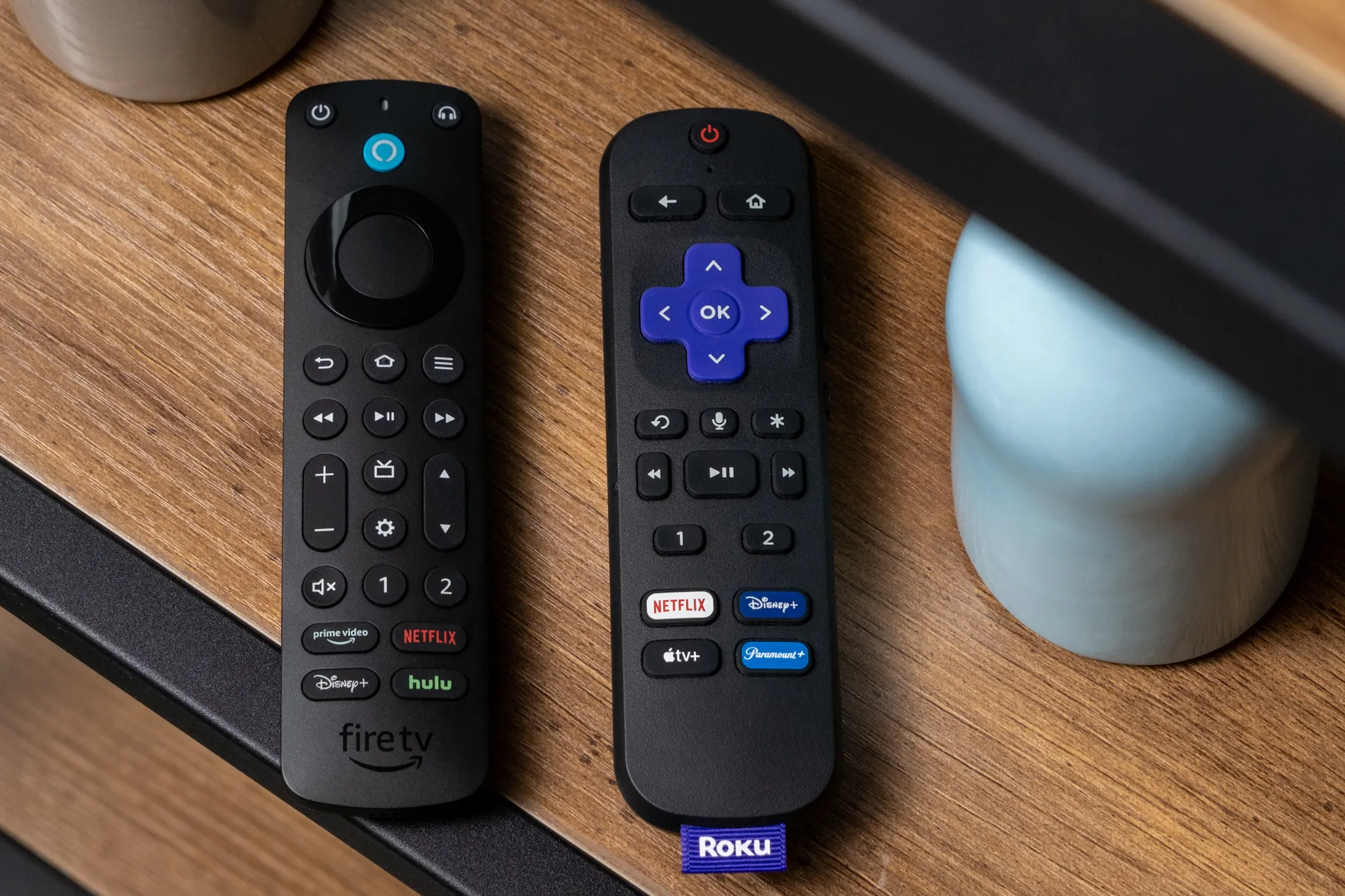
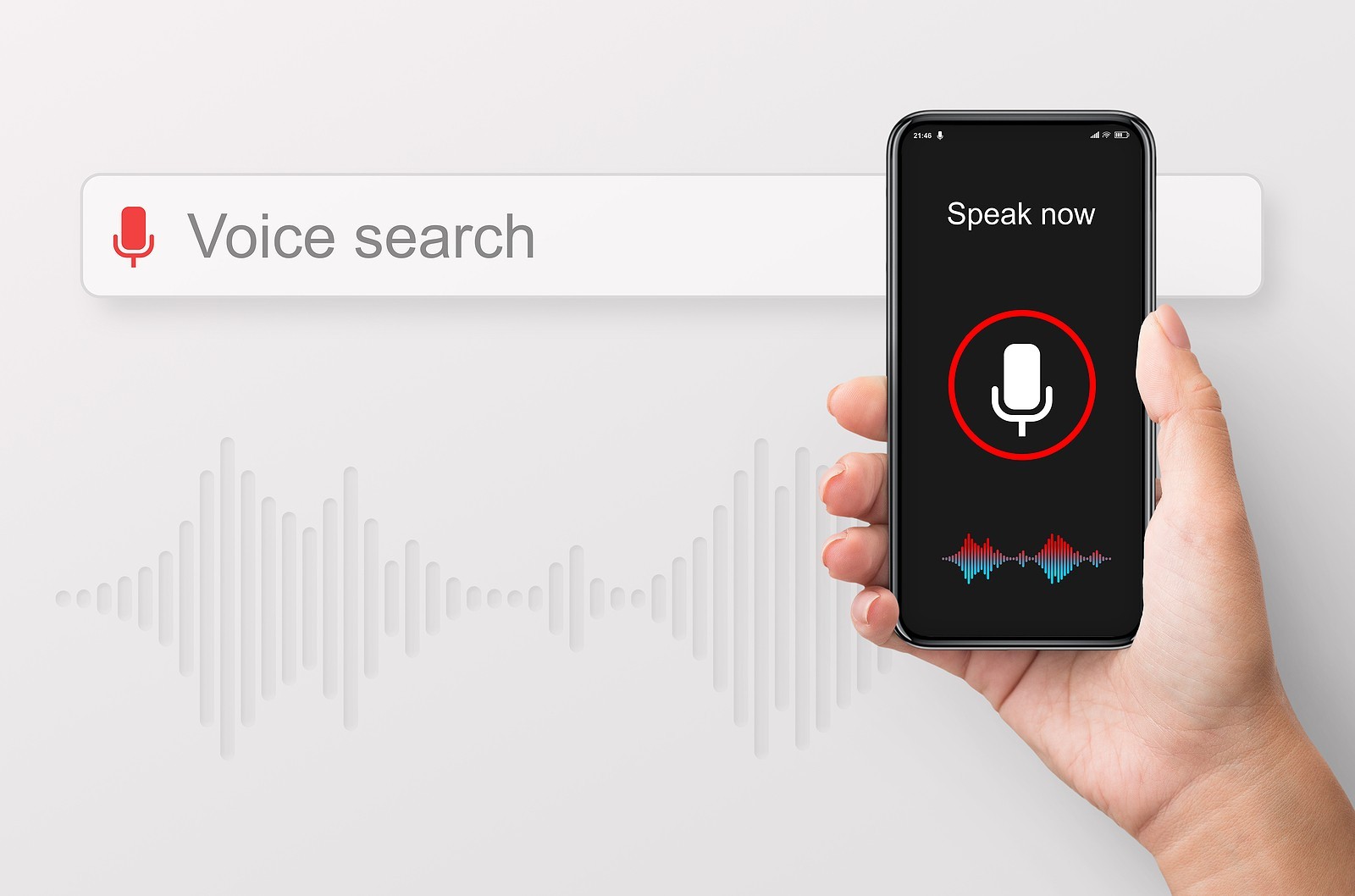
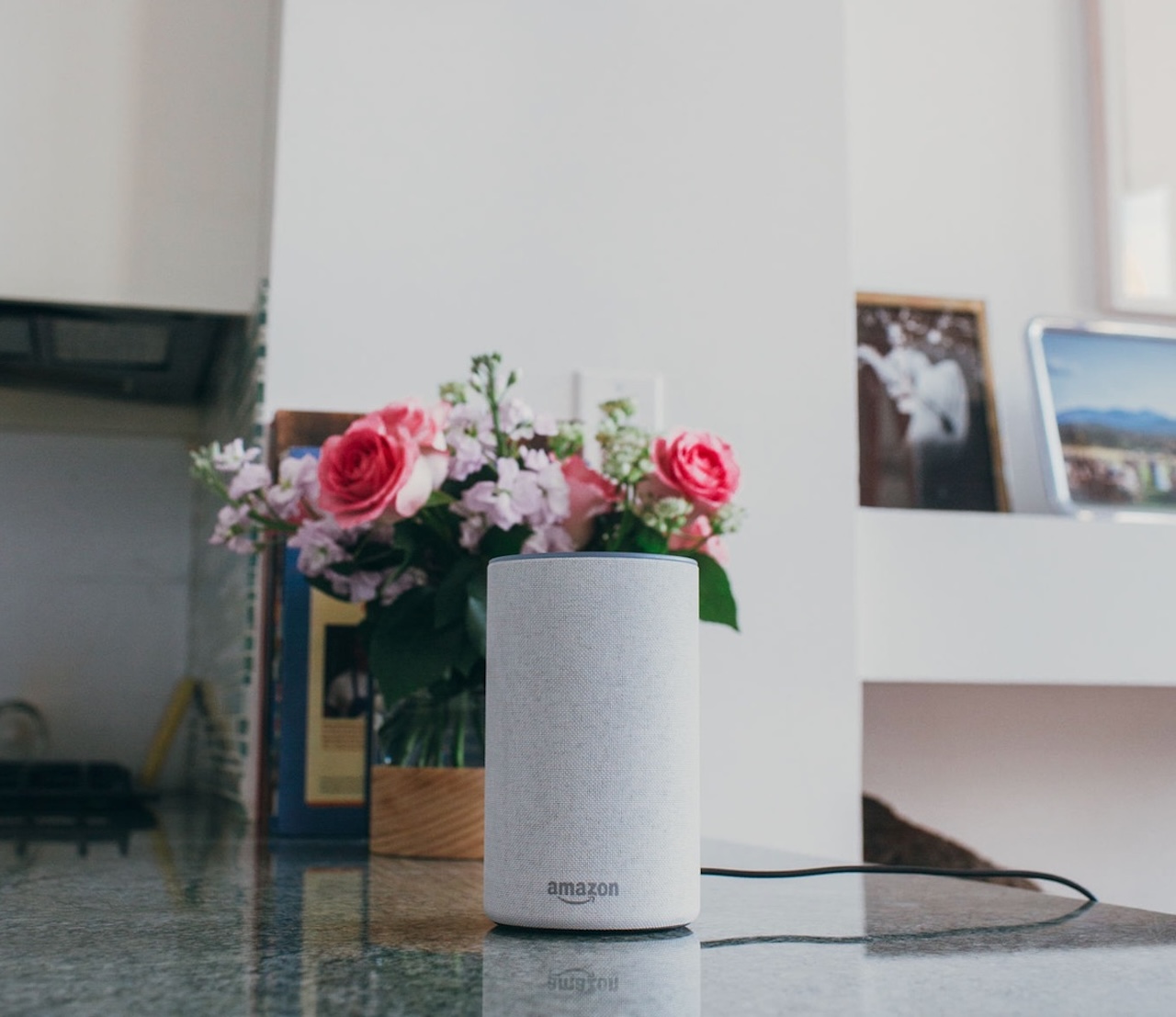
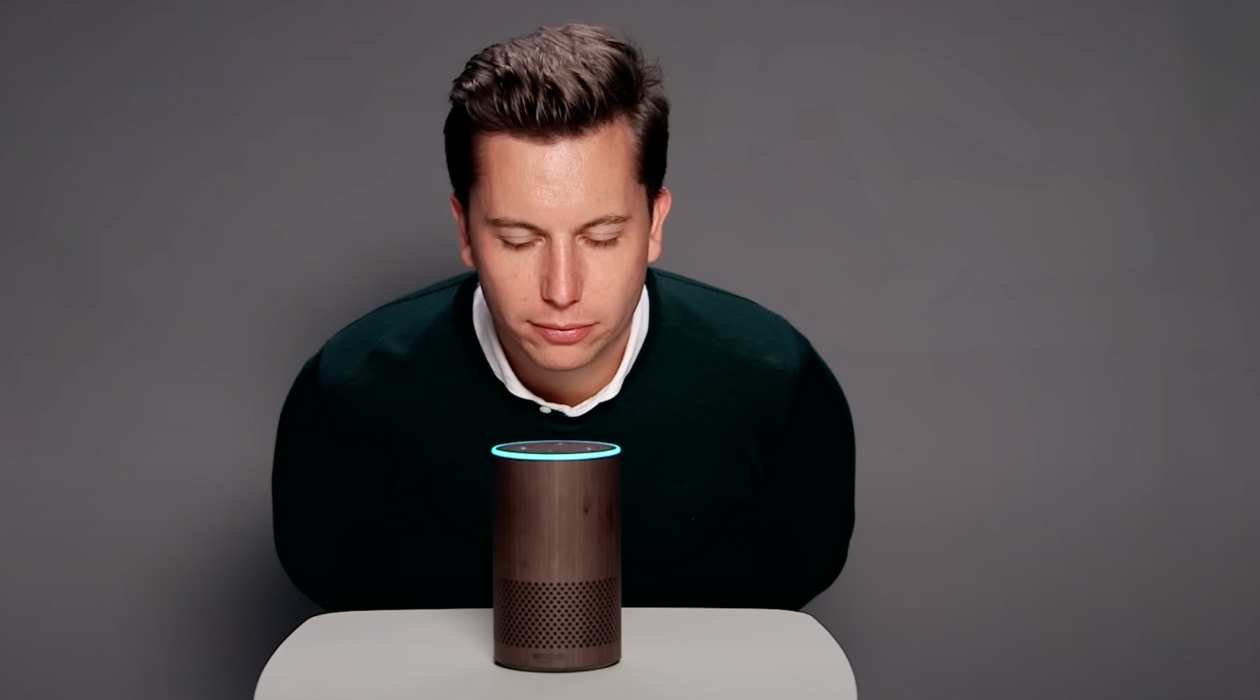
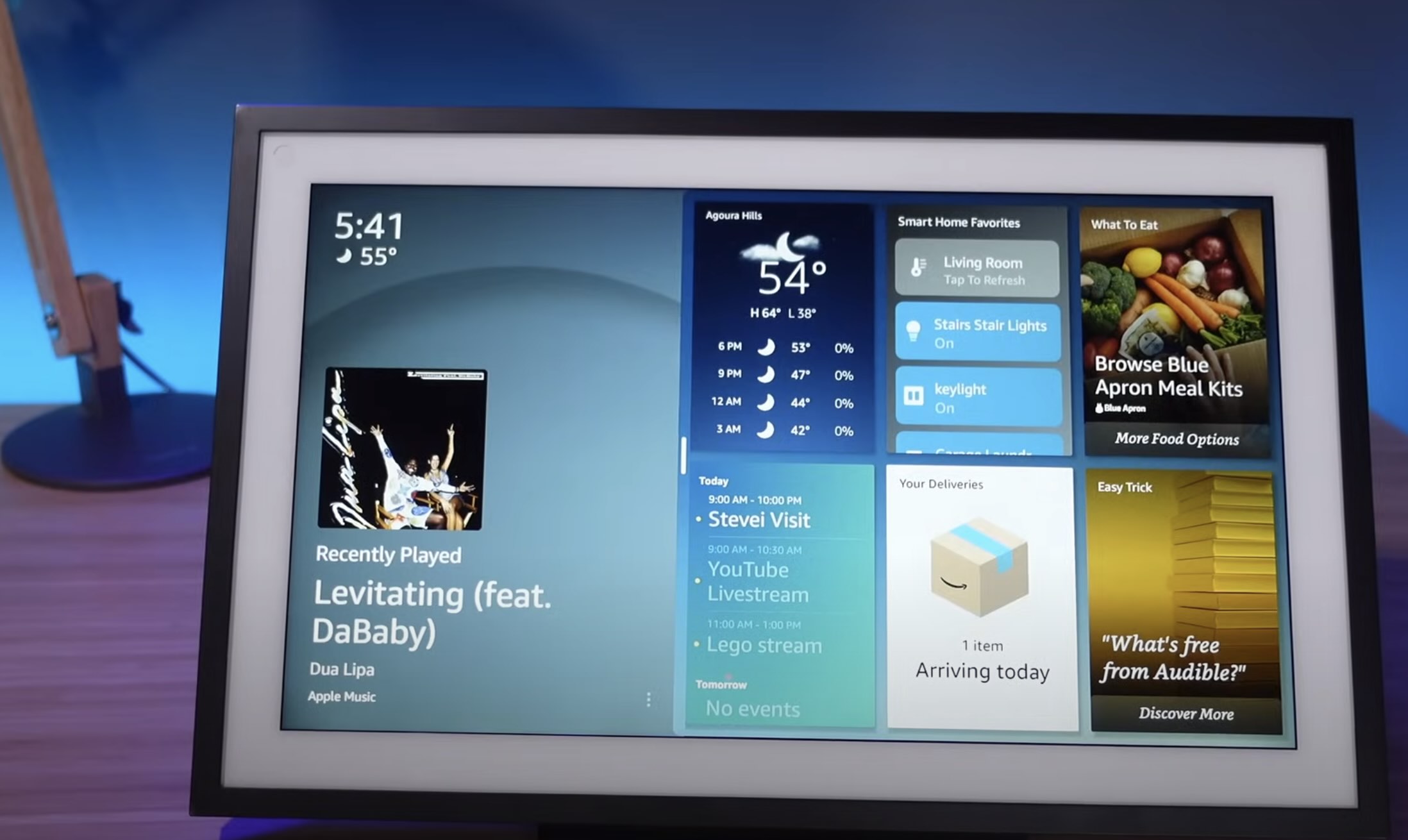

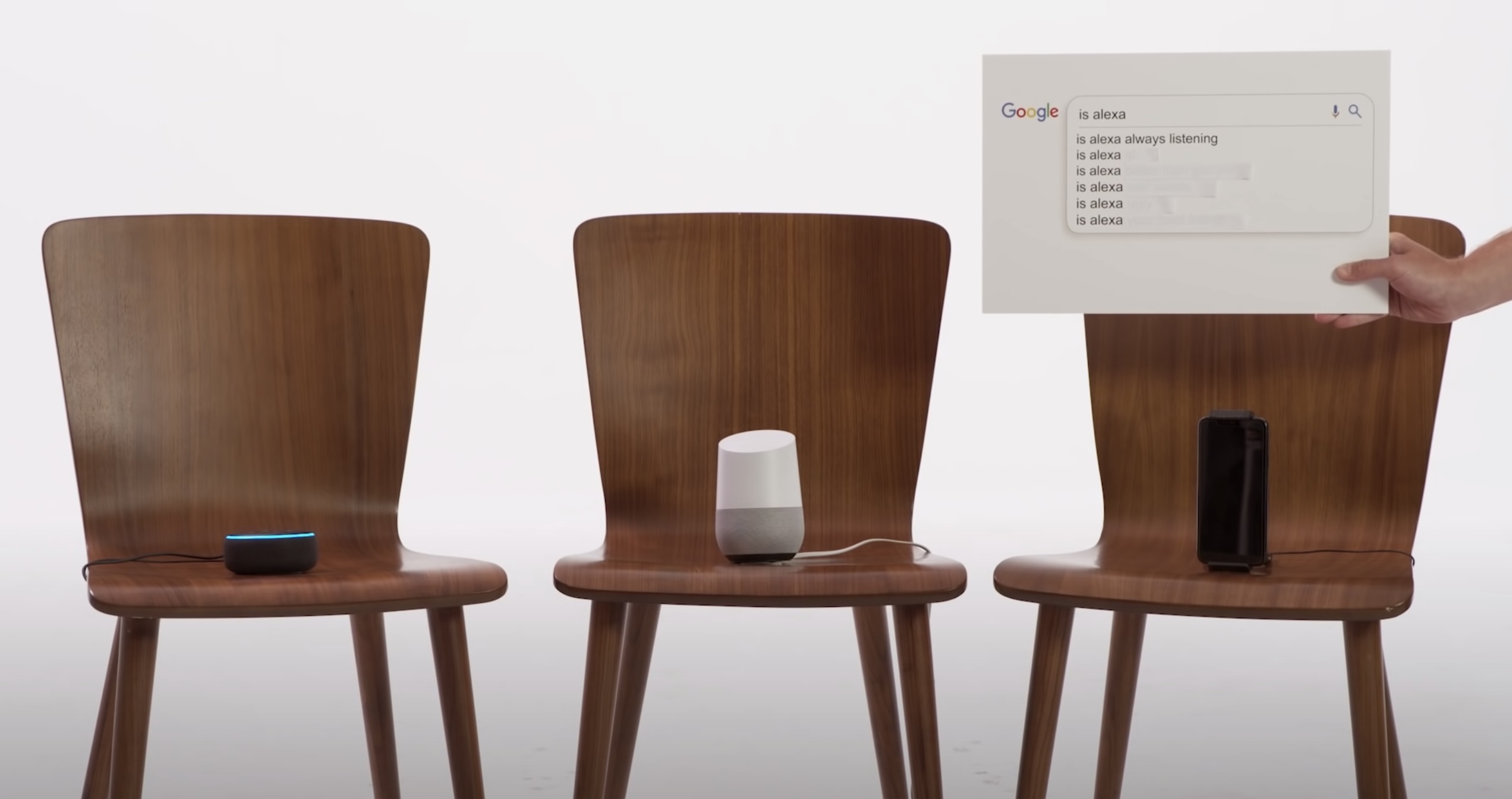
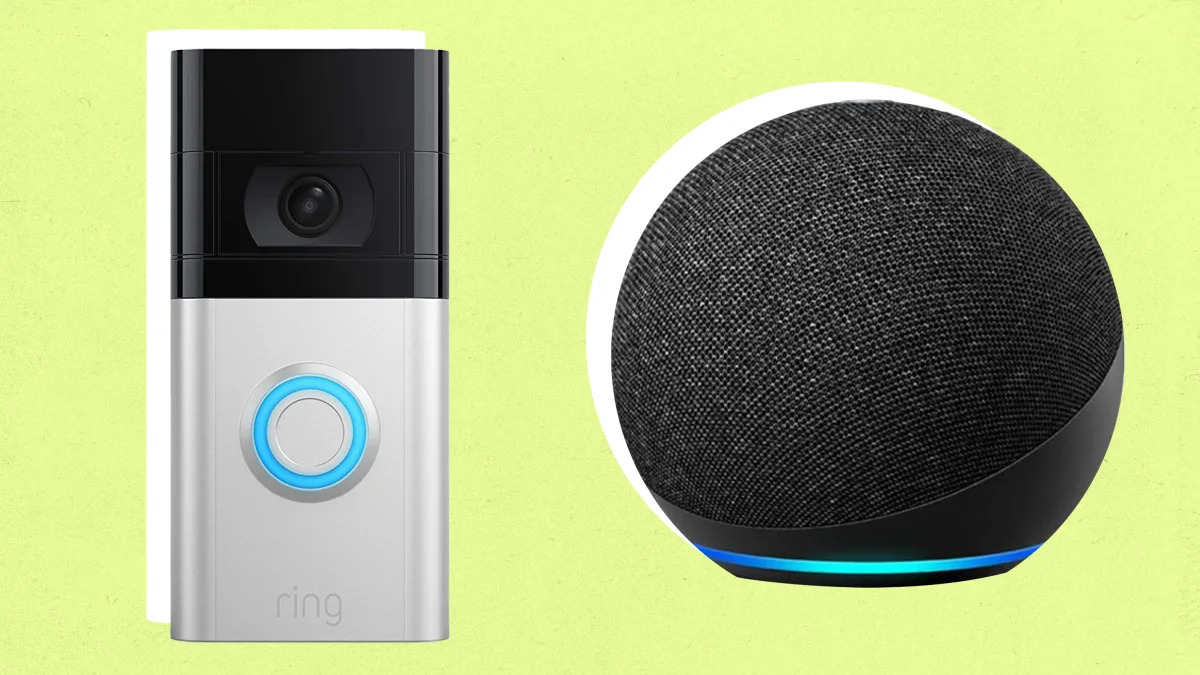
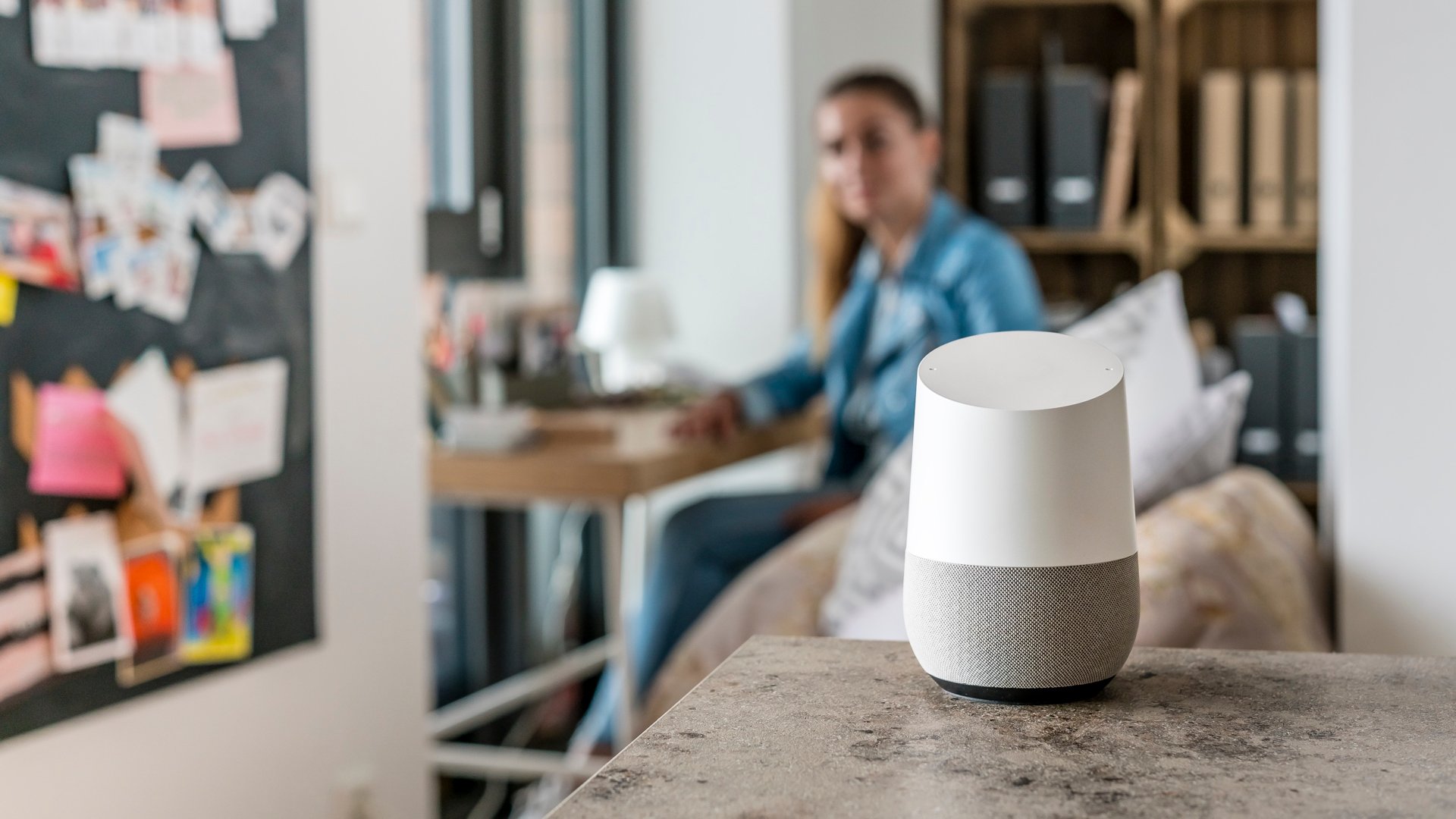






0 thoughts on “Who Is The Real Voice Of Alexa”